Market Share
Aramid Fiber Market Share Analysis
In the dynamic landscape of the Aramid Fiber Market, companies employ various strategies to secure and enhance their market share. Aramid fibers, known for their exceptional strength and heat resistance, find applications in diverse industries such as aerospace, automotive, and protective clothing. To establish a strong market presence, companies often adopt differentiation strategies, focusing on unique product attributes that set them apart. For example, some companies may emphasize the development of aramid fibers with enhanced tensile strength or improved flame resistance, catering to specific needs within their target industries. By offering differentiated products, companies aim to attract niche segments and build a loyal customer base, thereby solidifying their market share.
Competitive pricing is another pivotal strategy in market share positioning. Aramid fiber manufacturers must strike a delicate balance between offering competitive prices and maintaining profitability. Price wars can erode profit margins, but strategic pricing that aligns with market demand and value perceptions can help companies capture a larger market share. Adopting cost-effective production methods and economies of scale becomes crucial to ensure that competitive pricing doesn't compromise overall profitability. Some companies may also explore strategic partnerships or joint ventures to share resources and reduce production costs, allowing them to offer more competitive prices in the market.
Geographical expansion plays a significant role in market share positioning for Aramid Fiber Market players. As industries utilizing aramid fibers continue to grow globally, companies often target new geographic regions for market expansion. Establishing a strong presence in emerging markets can be a key driver for growth. This expansion may involve setting up production facilities, distribution networks, and establishing partnerships with local businesses. By strategically entering untapped markets, companies can leverage first-mover advantages, gain access to new customer bases, and ultimately enhance their overall market share.
Investments in research and development (R&D) constitute a proactive strategy for market share positioning in the Aramid Fiber Market. Companies that consistently innovate and introduce new and improved aramid fiber products are better positioned to capture market share. This strategy is particularly effective in industries where technological advancements and product innovation are critical factors. Investing in R&D allows companies to stay ahead of the competition, meet evolving customer demands, and address emerging trends in applications such as lightweight composites or advanced protective gear.
A customer-centric approach is integral to market share positioning in the Aramid Fiber Market. Understanding customer needs and preferences enables companies to tailor their products and services accordingly. Building strong relationships with customers through effective communication and support services can result in increased customer loyalty and repeat business. Additionally, gathering feedback from customers and incorporating it into product development processes ensures that the offerings align with market demands. By consistently meeting or exceeding customer expectations, companies can foster a positive reputation and solidify their market share in the competitive Aramid Fiber Market.

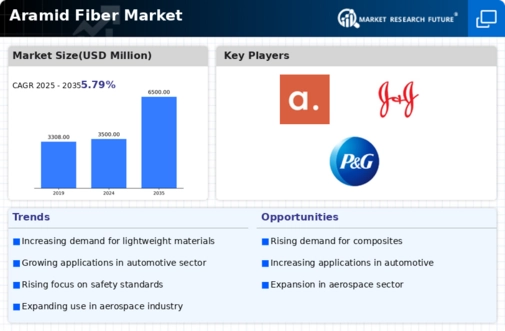
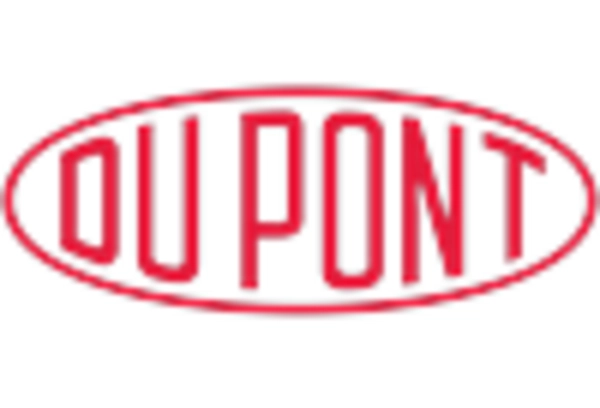
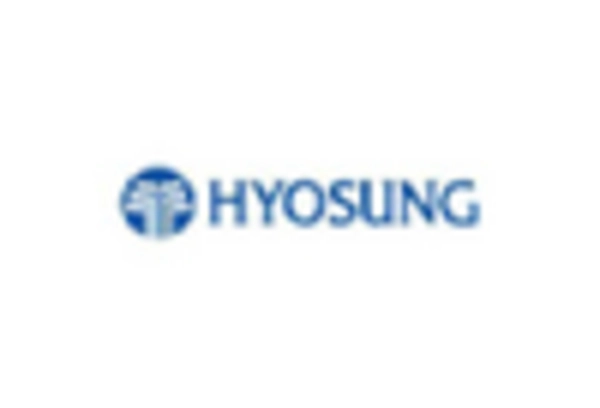
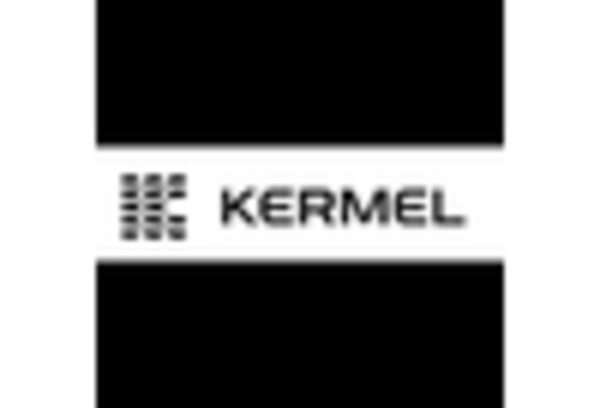
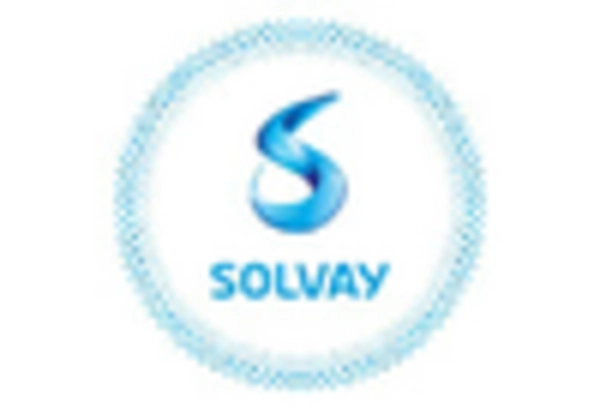
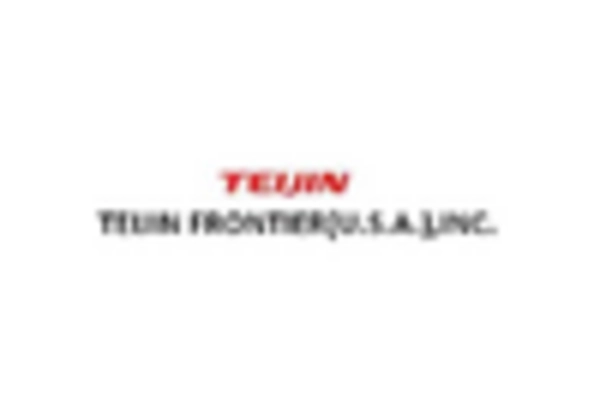
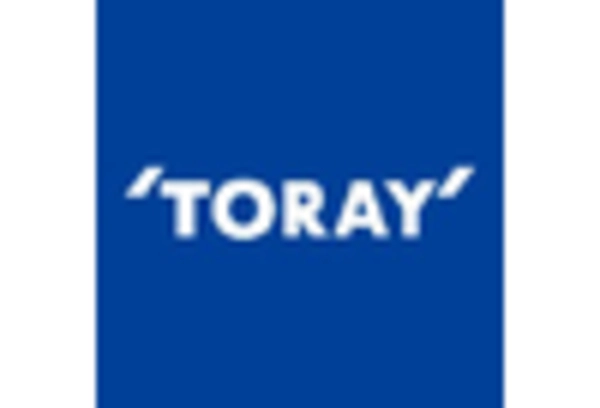









Leave a Comment